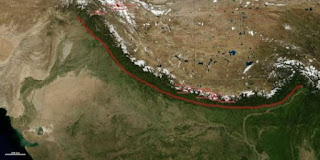Transportation of Nutrition in Plants
Transportation of Water, Food and Minerals in Plants.
Plants take in some compounds like carbon dioxide through their leaves. They absorb some other materials such as compounds of nitrogen, phosphorus, etc., from the soil through their roots.
If the distance between the roots and leaves is very small, food and other materials can be transported by diffusion. But the distances between different plant parts are often quite large, as in tall trees.
Therefore, most plants need a proper transport system to carry materials from one part to another.
Plants do not move much and have many dead cells in their tissues. Therefore, they do not need much energy. So, they have transport systems slower than those of animals. In plants, the transport system consists of tube like passages made up of vascular tissue. There are two types of vascular tissues in plants—xylem and phloem.
The vascular system extends from the roots through the stem and continues up to the leaves. In the leaves it is clearly seen as a pattern of veins. Water and minerals are transported from the roots upwards through the xylem tubes.
Phloem transports synthesized food from the leaves to the rest of the plant body. The transport of water, nutrients and other substances from one part of a plant to another is called translocation. The medium of transport in plants is water.




Comments
Post a Comment